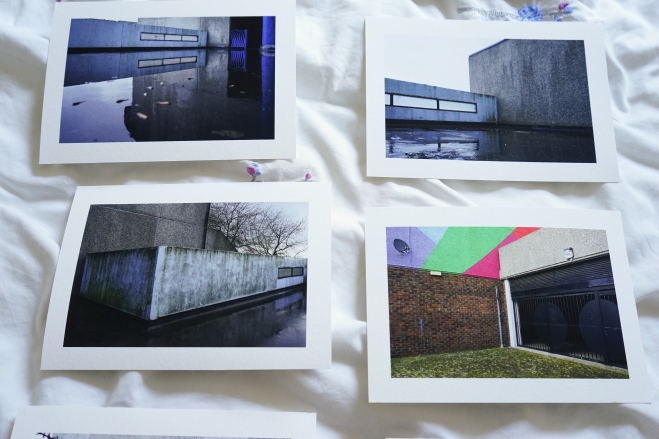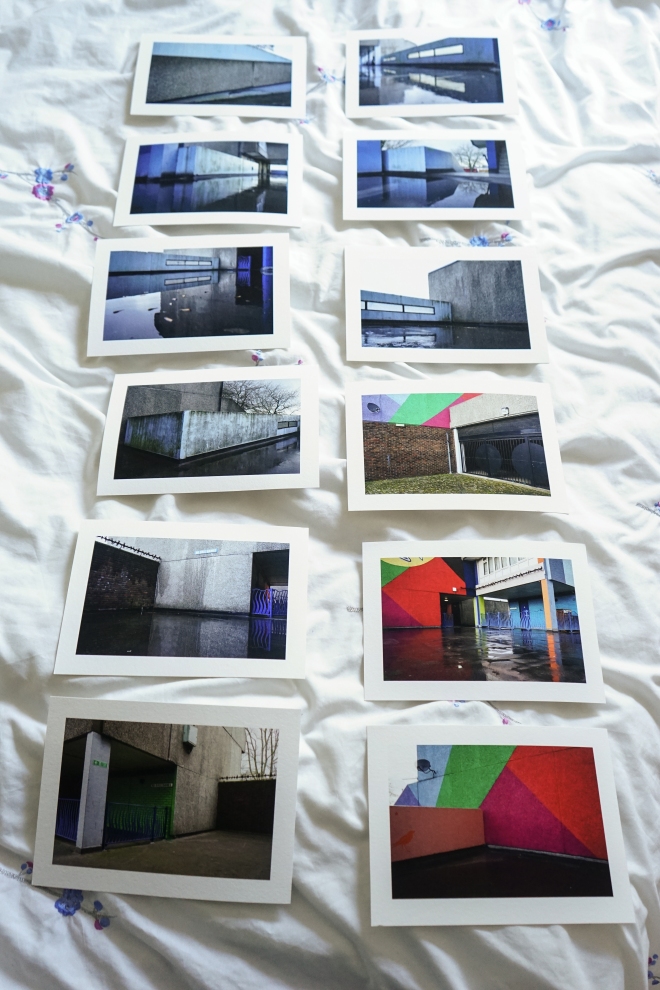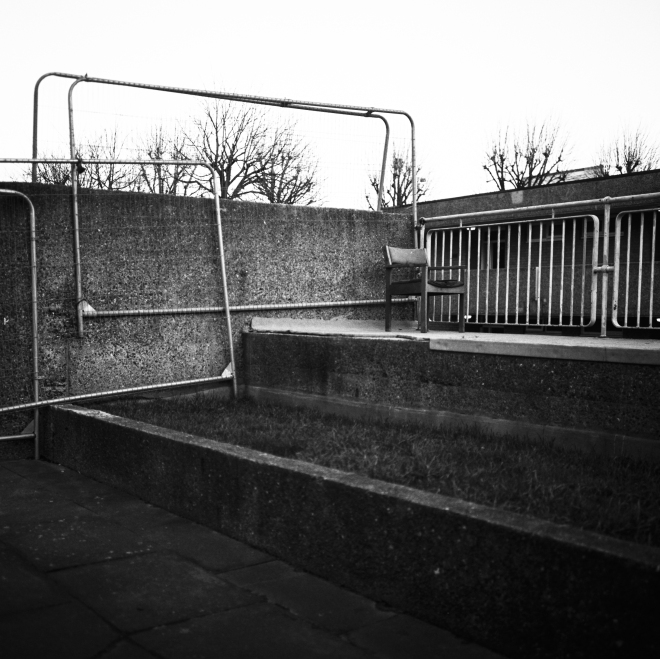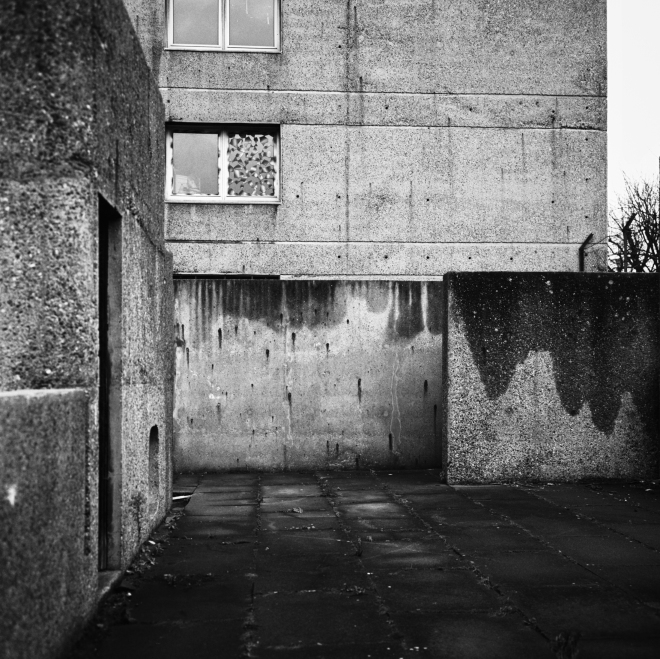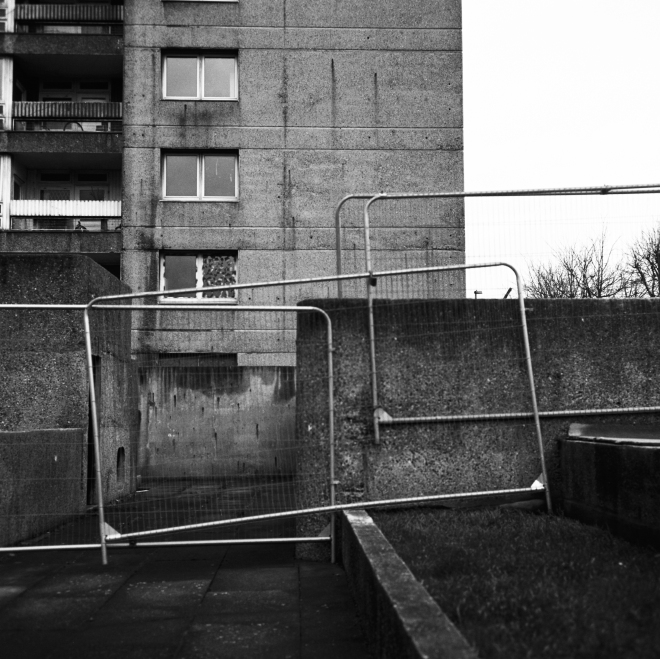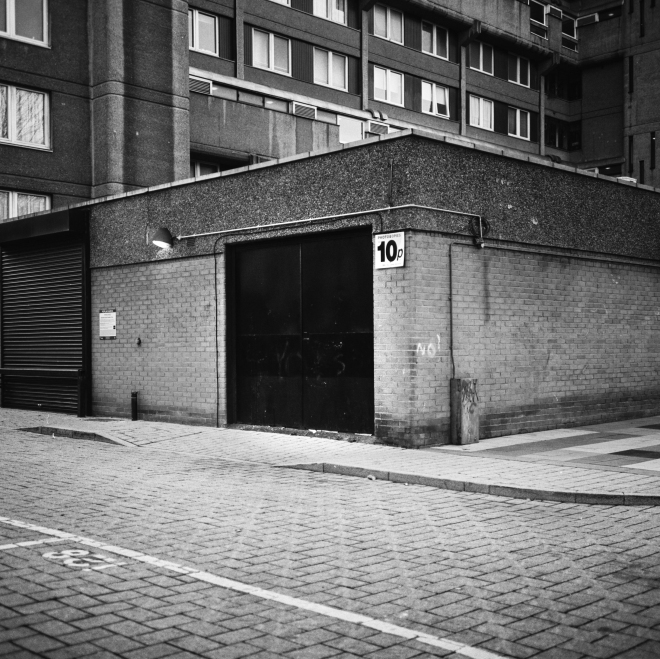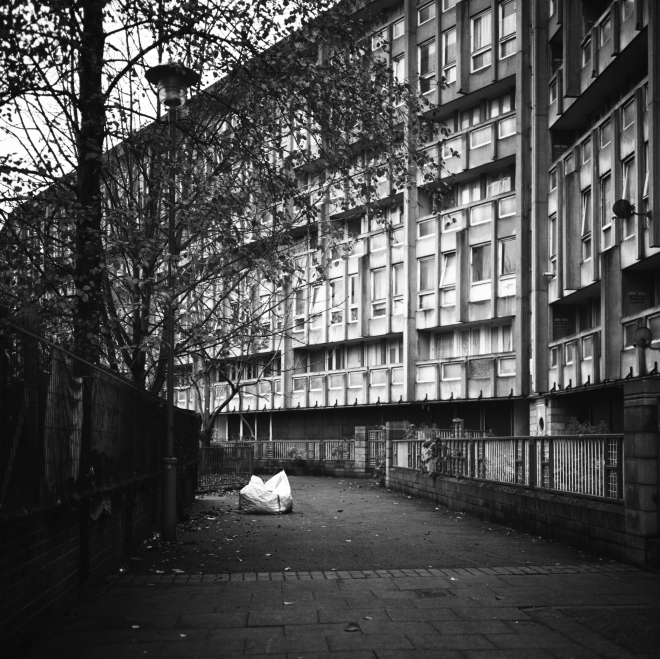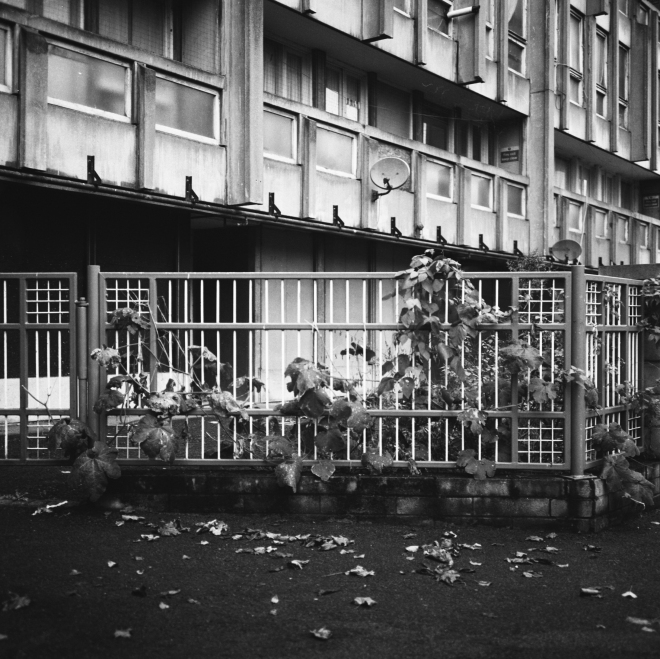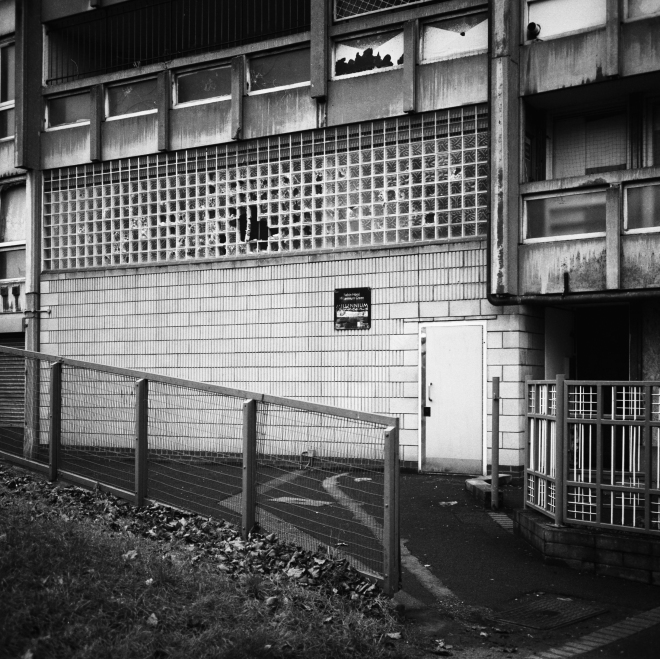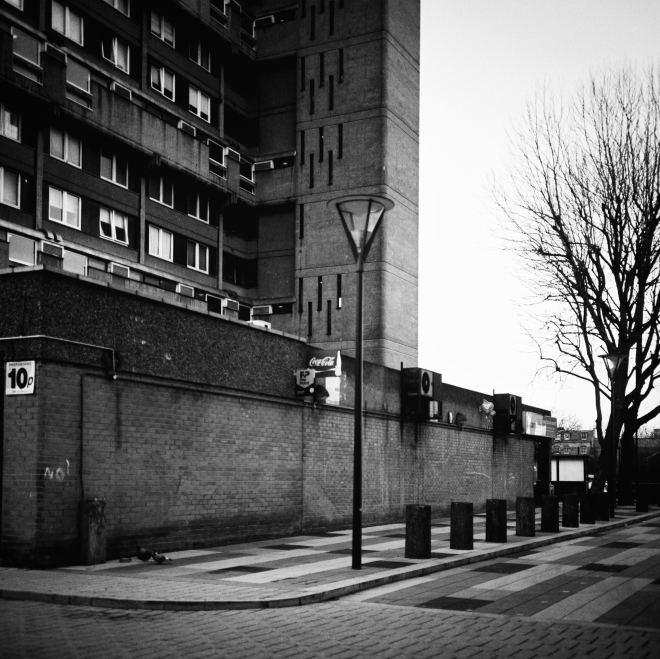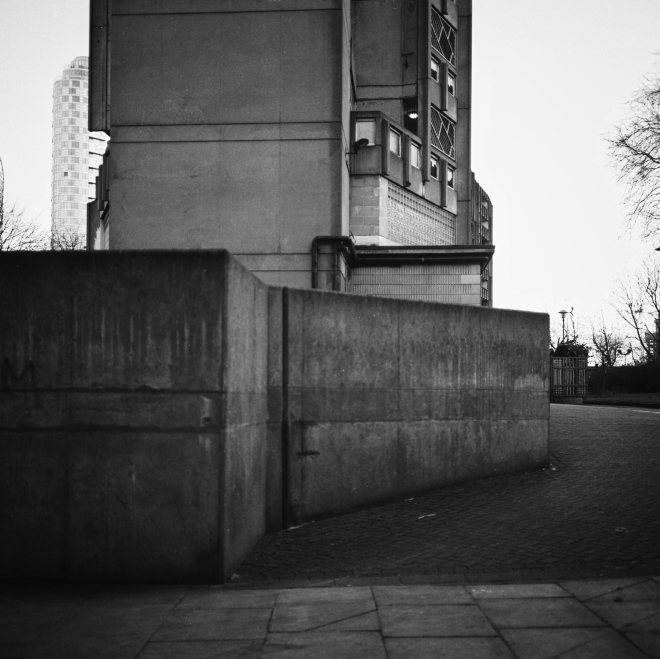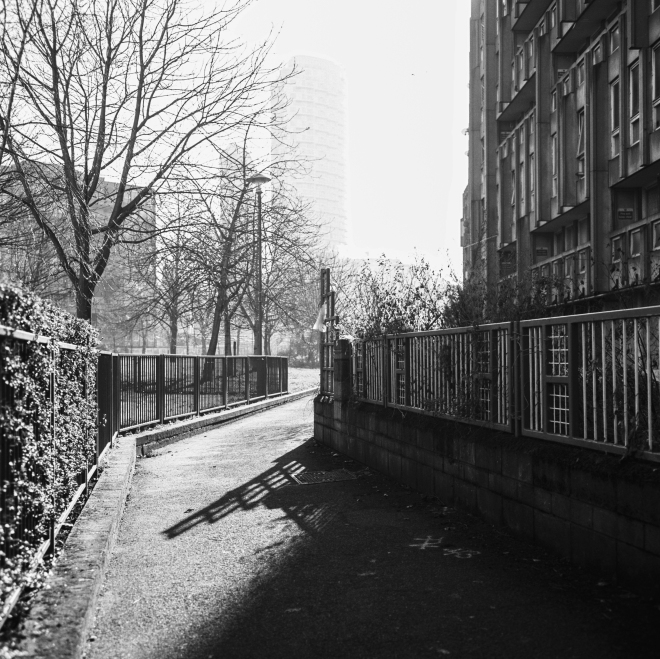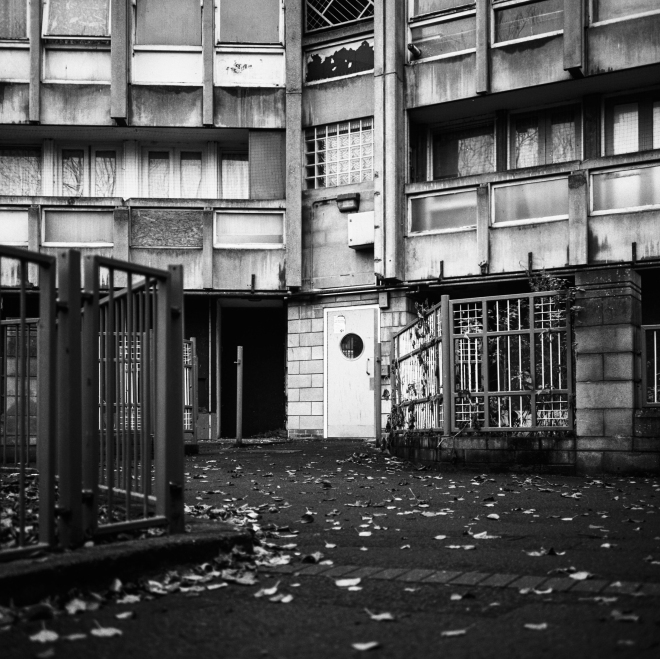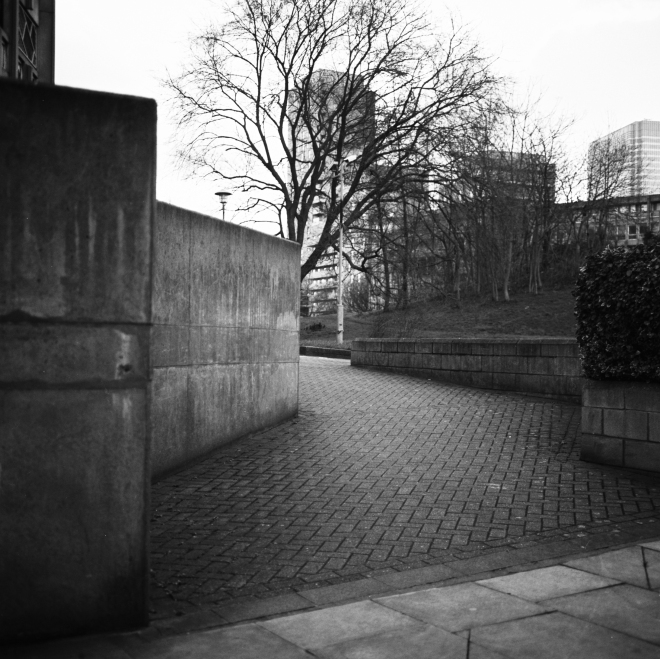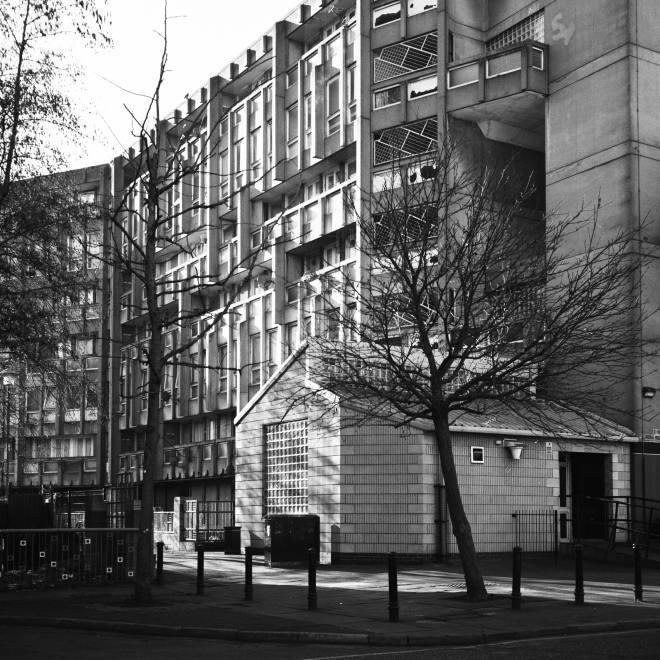*This post forms part of my preliminary research for Part Four “People Interacting with Place”.
Linking back to my reflections on my learning experiences from Part Three, I conducted some preliminary research to maintain the momentum gained from assignment three. One of the locations I covered in this assignment to demonstrate the function of buildings in use was a fairground in Coney Island, New York. Although it was a loose interpretation of the assignment brief, I feel I was successful in showing the viewer the function of the space and temporary structures in my images. The use of place for leisure and recreation is a subject that has intrigued me, particularly in light of the brief for the upcoming assignment four.
‘Pastoral’
One photographer I identified as relevant and worthy of discussion is the Russian landscape photographer Alexander Gronsky.

a) From Alexander Gronsky’s ‘Pastoral’ (2008-2012)
Gronsky is a former press photographer who covered events in Russia and the former USSR in the 2000s before moving into advertising and commercial photography for corporations and humanitarian organisations. He has placed more emphasis on personal projects in recent years and conducted a series of exhibitions, published a book and received awards for his work. He is known for his photographs of Russian landscapes, using a Mamiya 6×7 camera with colour film.
One of his series ‘Pastoral” caught my eye immediately (see image above). The series observes Muscovites at leisure around seemingly man-made lakes and industrial wastelands on the edge of Moscow in summer-winter months. What is very striking about the images is how his human subjects make use of a space – neither city nor countryside – not intended for recreational activity. We see people swimming in a river of questionable water quality, people sunbathing among dense entanglements of weeds and thorns, and families playing games next to heaps of sand dug up by industrial diggers. The series has a penchant for the surreal, we glimpse someone shooting an air rifle and someone undressing in some trees. As a kind of backdrop to these leisure activities, which seem to make up the majority of the activity, there is the ever present industrial landscape that overshadows this man-made natural landscape.

b) From Alexander Gronsky’s ‘Pastoral’ (2008-2012)
What this series shows is that recreational activity does not necessarily have to take place in a place intended for leisure. For the Muscovites living on the edge of Moscow, perhaps located a significant distance from the nearest park or unable to afford to travel far, this is the only space they have to make the most of their days off. Although we don’t see the people in his photos up close (often appearing as figures in the distance) we get the impression that the people are enjoying their surroundings. The full set is a long term project that consists of a final 40-50 images and can be found on Gronsky’s website here:
http://alexandergronsky.com/#/portfolio/works/pastoral-2008_2012/26
‘Mountains and Waters’
Linking back to my conclusions from assignment three, another of Gronsky’s projects is also worth looking at. It is interesting to note how he presents his work in the series ‘Mountains and Waters’, a set of images that examines the changing landscapes of China.
 c) From Alexander Gronsky’s ‘Mountains and Waters’ (2011)
c) From Alexander Gronsky’s ‘Mountains and Waters’ (2011)
What is interesting about the series is the presentation of the works in diptychs, that is two images set beside each other. In the exhibition notes he links the idea behind the series to the word for landscape in Chinese – a compound of two symbols for mountain (山) and water (水). This duality in his presentation is evident in the use of the diptych to exhibit the resulting images. He also links this choice of presentation to Shan Shui painting tradition, where the intention of the artist was not to represent one single place or landscape, but rather to present a ‘metaphor of a human journey through a constant shift between nothingness and form.’ (Gronsky, 2011) It is apparent that although Gronsky presents two images together, there is an element in both that creates a visual narrative (see image above) that unifies and blends the two into something resembling a panoramic landscape photograph (see image below). d) From Alexander Gronsky’s ‘Mountains and Waters’ (2011)
d) From Alexander Gronsky’s ‘Mountains and Waters’ (2011)
While Gronsky was not primarily concerned with leisure or recreational activity in this series, his choice of presentation is something to consider for the future assignments. It is clear that Gronsky thought deeply about his presentation and researched traditional Chinese art and the philosophy behind it. This tradition influenced his choice of presentation, and it works very well in seamlessly contrasting old and new (c) and placing his distant human figures within huge environments that are neither totally man-made nor wholly natural (d). He also cleverly uses the diptych to hint at a story or narrative – has the figure on the boat in (d) become the figure in the smaller boat under the bridge? He also sometimes knits together his panoramas, often loosely as in image (e) as the two images were taken at different times. He is not bothered about disguising this and yet the images feel like they are in perfect harmony.

e) From Alexander Gronsky’s ‘Mountains and Waters’ (2011)
What his presentation does is consistently ask questions of the viewer and again, as with the ‘Pastoral’ series, has a penchant for the surreal and the eccentric. The ‘Mountains and Waters’ set is again an extensive series and can be found on Gronsky’s website (follow link below):
http://alexandergronsky.com/#/portfolio/works/mountains-and-waters-2011/3
Reflections
A major point I will consider in future submissions is how my final images are to be presented – should they be presented in the same format? With the same aspect ratio? Should one image be made bigger to emphasise a subject? Could an image work better in a diptych or even in triptych? Or do the images work better in a sequential set?
It is clear that the way in which the photographer presents the final set of images could be considered before even a shot is taken, and in Gronsky’s ‘Mountains and Waters’ series the presentation was at the heart of the project. Considering whether you would like to present your images sequentially with forms of visual punctuation (such as emphasising one subject over another), or whether you would like to juxtapose your subjects in diptychs can inform the photographer’s approach to a location. This could be described as a very measured approach to photographing a place, and it could be harder to include the spontaneous event or the unexpected. It is certainly an approach I will consider for the upcoming exercises and in my research for assignment four.
